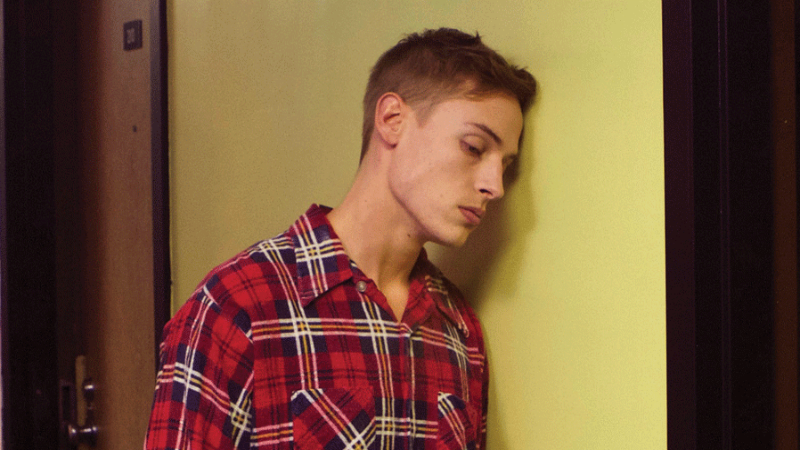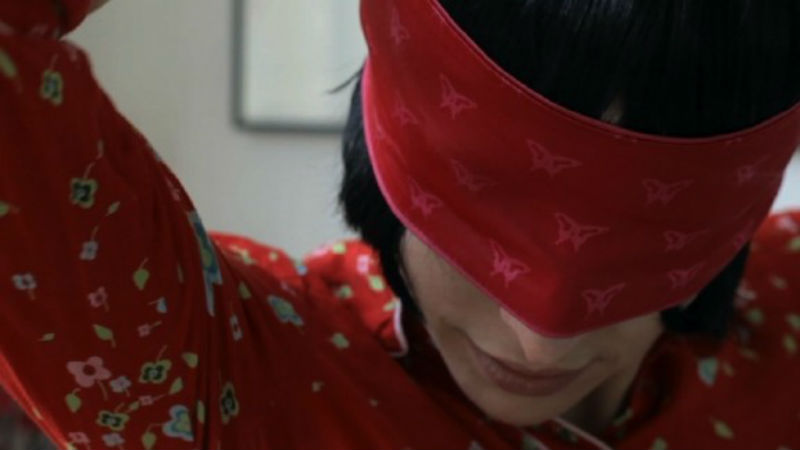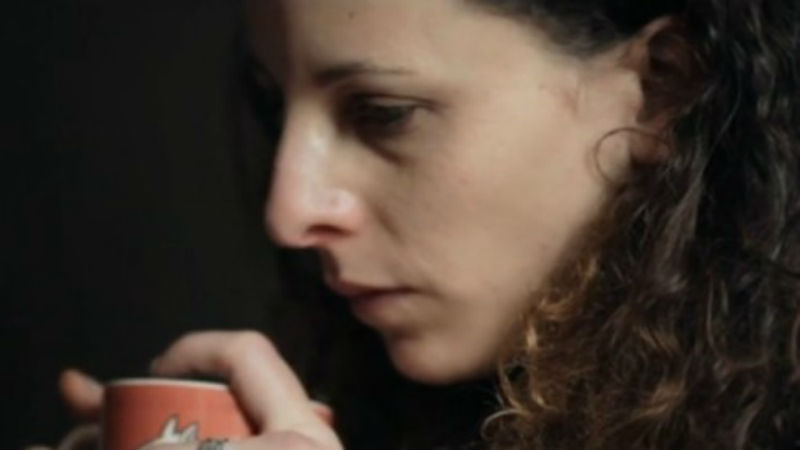This French Lesbian tale set in 1971 will premiere this week at the 30th BFI Flare London LGBT Film Festival, including the screening at the closing gala. A country girl named Delphine (Izïa Higelin) moves to Paris and meets feminist protester Carole (Cécile De France). They fall in love, which prompts Carole to abandon her male partner. Delphine then moves back to her parent’s farm because her father had a stroke and is no longer able to work.
Carole quickly realises how much she misses her lover and moves to the countryside in order to be with her lover. The two women, Delphine’s debilitated father and unsuspecting mother are all living under the same roof. The latter is blithely unaware of the relation between the two women, but then the unavoidable happens, and Delphine is forced to make a very difficult decision.
Summertime is not a bad film, but there is nothing dirty about it. It relies on unrequited love and Lesbian devices explored exhaustively and more effectively many times before, therefore the “mostly clean movie” rating. It does not have the wit and the energy of the almost equally-titled British Lesbian romance My Summer of Love (Paweł Pawlikowski, 2004), the fervour of The Pass (Ben A William’s gay-football drama that opened the BFI Flare this week), the dramatic elegance of Carol (Todd Haynes, 2015) nor strong political tones of The Dreamers (Bernardo Bertolucci, 2003), set in the 1969 student revolutions in Paris.
Corsini succeeded in delivering a beautiful picture of the both French countryside and the capital in the 1970s, but the narrative lacks a little flair and vigour. Julia Roberts lookalike Cécile De France’s performance is lukewarm, as is her chemistry with Izïa Higelin. Carole is never as charming and riveting as Carol (played by Cate Blanchett in Todd Haynes’s movie). The acting is neither poor nor amateurish, and there are a few delicate and sensual moments, but little more than that.
As a result, Summertime is a niche film, and it does not feel universal. It will be appreciated in the LGBT film circuit, – particularly by Lesbian – but it is unlikely that it will win the hearts of a broader audience.
Summertime premiered at the BFI Flare London LGBT Film Festival of 2016, when this piece was originally written. It’s on Mubi in June/July 2020.











